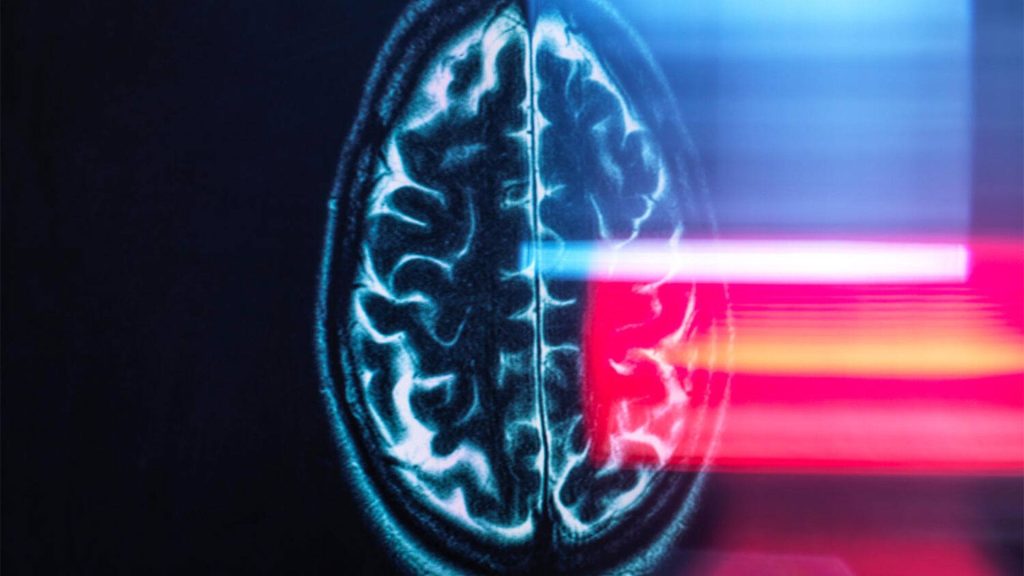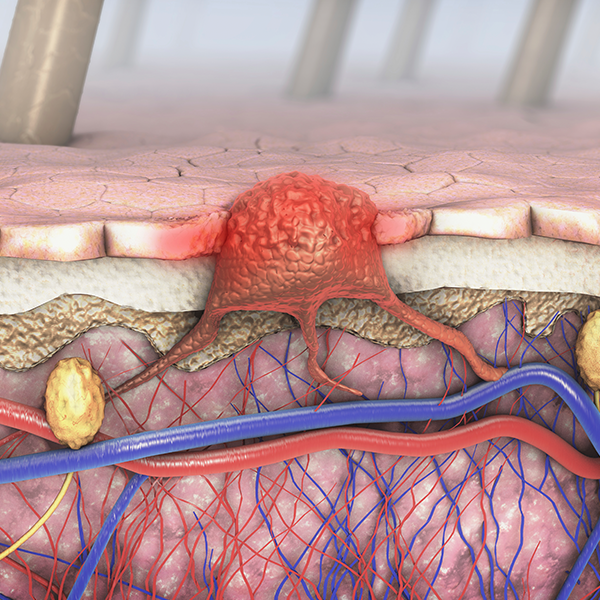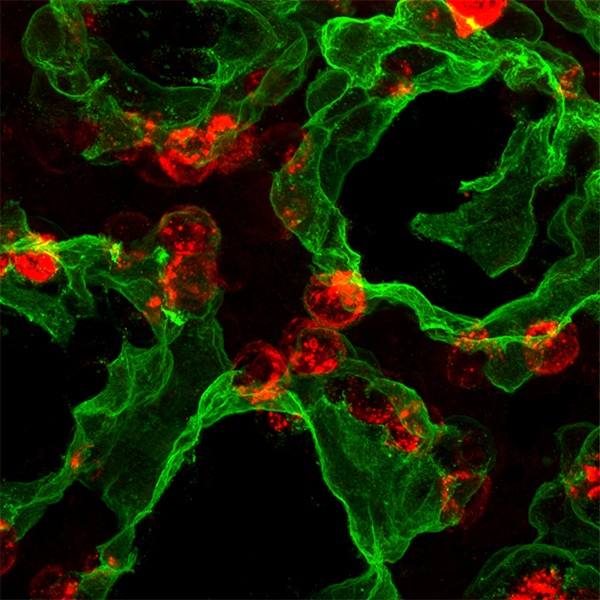-
Mayo Clinic researchers’ new tool links Alzheimer’s disease types to rate of cognitive decline

Mayo Clinic researchers have discovered a series of brain changes characterized by unique clinical features and immune cell behaviors using a new corticolimbic index tool for Alzheimer's disease, a leading cause of dementia. Their findings are published in JAMA Neurology. The tool categorizes Alzheimer's disease cases into three subtypes according to the location of brain changes and continues the team's prior work, demonstrating how these changes impact people differently. Uncovering the microscopic pathology of the disease can help researchers pinpoint biomarkers that may affect future treatments and patient care.
The new "corticolimbic index" tool assigns a score to the location of toxic tau protein tangles that damage cells in brain regions associated with Alzheimer's disease. In the study, differences in where the tangles accumulated affected the disease progression.

"Our team found striking demographic and clinical differences among sex, age at symptomatic onset and rate of cognitive decline," says Melissa E. Murray, Ph.D., a translational neuropathologist at Mayo Clinic in Florida and senior author of the study.
The team analyzed brain tissue samples from a multi-ethnic group of nearly 1,400 patients with Alzheimer's disease, donated from 1991 to 2020. The samples are part of the Florida Autopsied Multi-Ethnic (FLAME) cohort housed at the Mayo Clinic Brain Bank. The FLAME study cohort is derived from a partnership with the state of Florida's Alzheimer's Disease Initiative. The sample population included Asian, Black/African American, Hispanic/Latino American, Native American and non-Hispanic white people who received care at memory disorder clinics in Florida and donated their brains for research.
To verify the clinical value of the tool, researchers further investigated study participants from Mayo Clinic who underwent neuroimaging while alive. In collaboration with a Mayo Clinic team led by Prashanthi Vemuri, Ph.D., the researchers found that the corticolimbic index scores were consistent with the changes in the hippocampus detected via MRI and tau positron emission tomography (tau-PET) changes in the cortex.
"By combining our expertise in the fields of neuropathology, biostatistics, neuroscience, neuroimaging and neurology to address Alzheimer's disease from all angles, we've made significant strides in understanding how it affects the brain," says Dr. Murray. "The corticolimbic index is a score that could encourage a paradigm shift toward understanding the individuality of this complex disease and broaden our perspective. This study marks a significant step toward personalized care, offering hope for more effective future therapies."
The research team's next step is to translate the findings into clinical practice, giving radiologists and other medical specialists access to the corticolimbic index tool. Dr. Murray says the tool could help physicians determine the progression of Alzheimer's disease in patients and enhance clinical management. The team is also planning more research using the tool to identify areas of the brain resistant to the toxic tau protein's effects.
For a full list of authors, funding and disclosures, see the paper.







